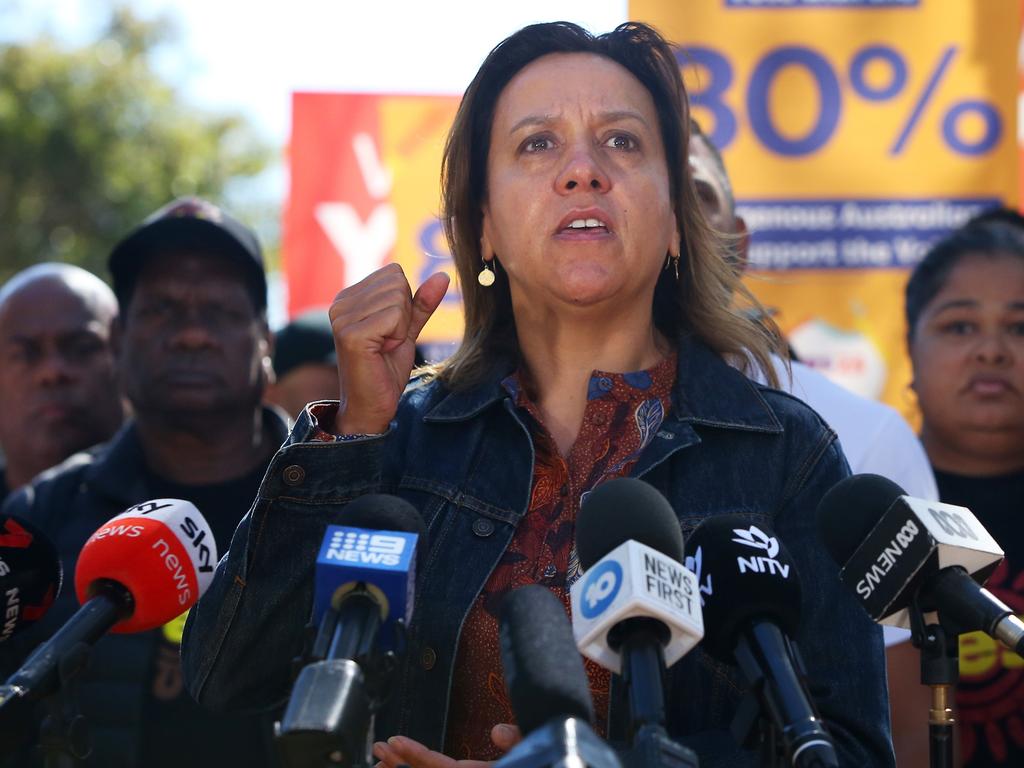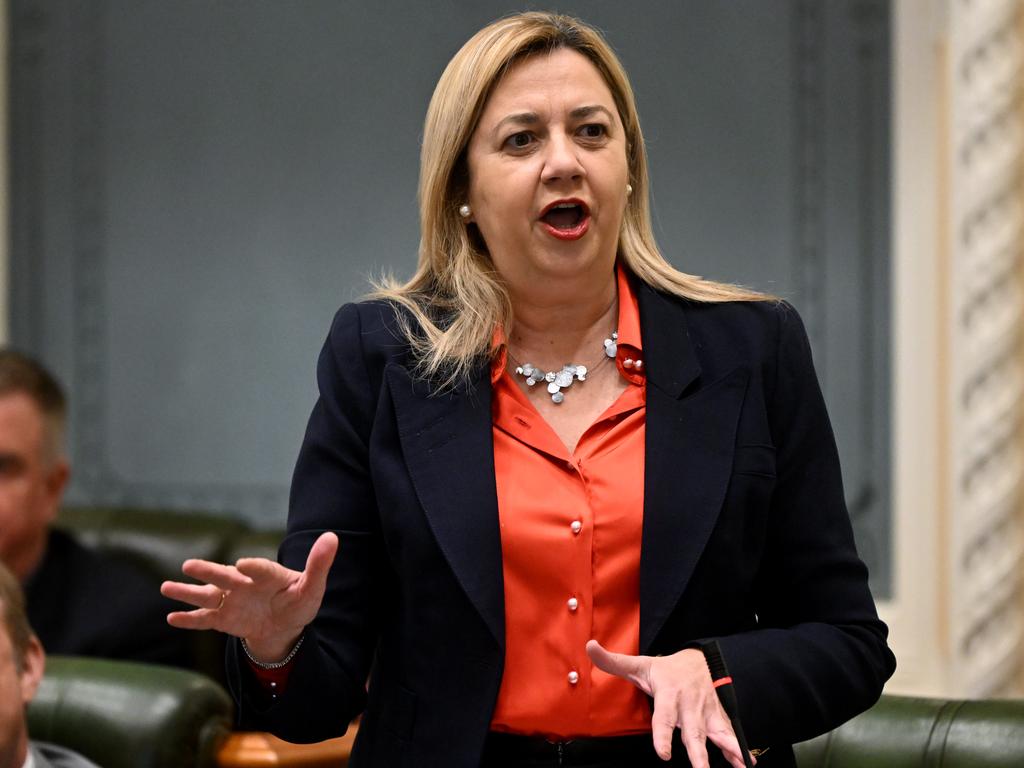Most communities with a majority Indigenous population voted Yes
Polling booths in communities where the majority of the population is Aboriginal or Torres Strait Islander shows the Yes vote won in almost all of the local ballots.

Aboriginal communities predominantly voted in favour of the voice.
Polling booths in communities where the majority of the population is Aboriginal or Torres Strait Islander shows the Yes vote won in almost all of the local ballots.
But claims from the Yes campaign, and carried in some advertisements ahead of the weekend vote, that there was 80 per cent of support for the voice across Indigenous communities were not borne out in the results.
In Queensland, the highest level of support for Yes was on Mornington Island, in the Gulf of Carpentaria, which had an Indigenous population of 80.2 per cent at the last census.
On Sunday, the Mornington Island booth had a Yes vote of 77.77 per cent compared to the overall vote of 80 per cent against the voice in the federal electorate of Kennedy, in which it sits.
The community of Palm Island, in the Queensland electorate of Herbert, has a 91 per cent Indigenous population and delivered a 75 per cent vote for Yes.
One of Queensland’s biggest Aboriginal communities of Yarrabah, south of Cairns, and which is 95.9 per cent Indigenous, voted 75.71 per cent in favour.

Elsewhere in far north Queensland, Hope Vale – the community of Yes architect Noel Pearson – 75.4 per cent of locals voted Yes.
But in some majority-Indigenous communities, the Yes vote barely passed or was defeated.
At the Wilcannia polling booth in NSW, where Indigenous people make up 63 per cent of the population, the referendum was rejected. Just 38 per cent voted Yes, in line with the surrounding electorate of Parkes, where 79 per cent voted No.
In the same electorate, the town of Brewarrina – where 56 per cent of the population is Indigenous – only 34 per cent voted in favour of the voice.
In the Northern Territory, where the Uluru Statement from the Heart was first signed in 2017, polling booths in predominantly Indigenous communities pointed to broad support for the voice.
More than three quarters of the population of Jabiru, in the middle of Kakadu National Park, is Indigenous and the local polling booth delivered a 58 per cent Yes vote.
Just over half the population of Tennant Creek in central NT is Indigenous, and just over half of the votes cast in the town went in favour of the proposed change.
Arguably the strongest indicator of Indigenous support for the voice came from the 22 mobile teams dispatched by the Australian Electoral Commission to remote corners of the Territory.
Of the almost 13,000 votes collected by those teams, 74 per cent were for Yes.





To join the conversation, please log in. Don't have an account? Register
Join the conversation, you are commenting as Logout